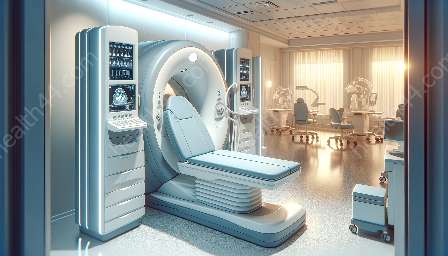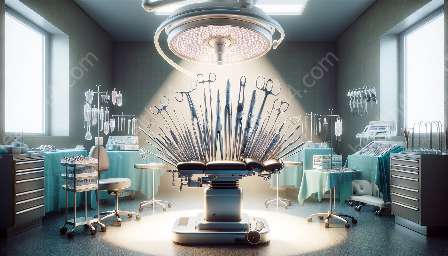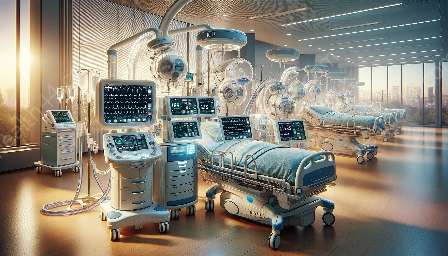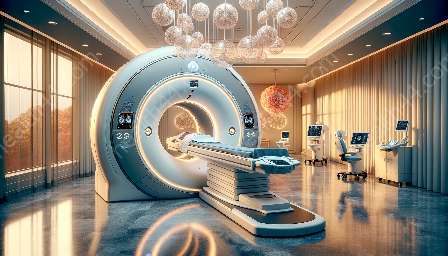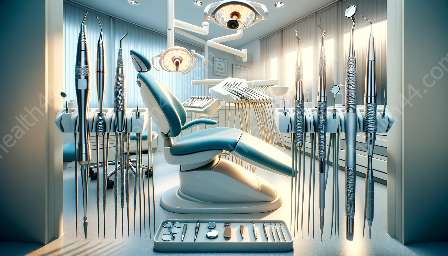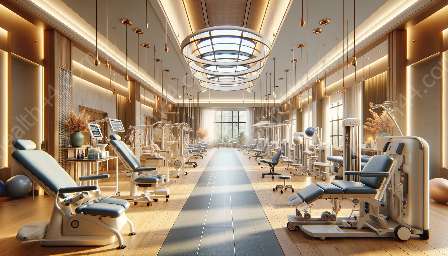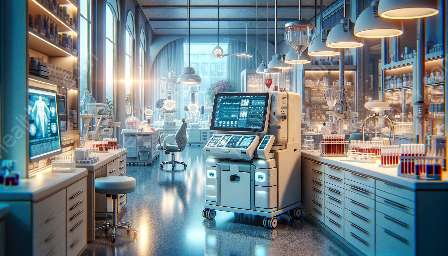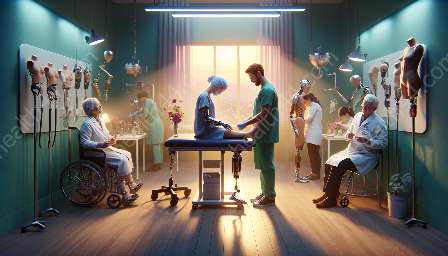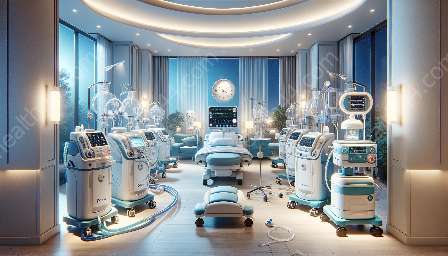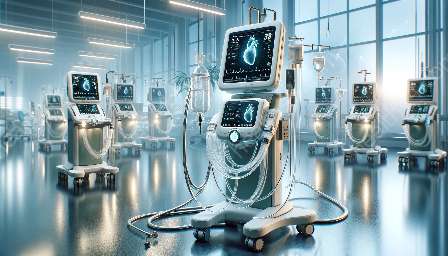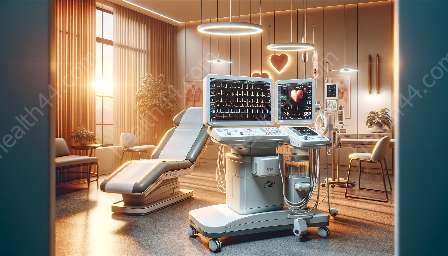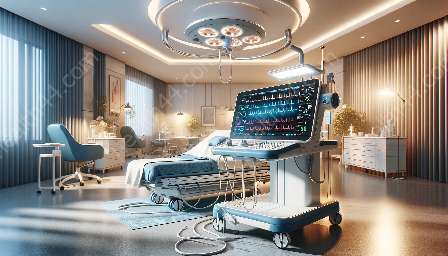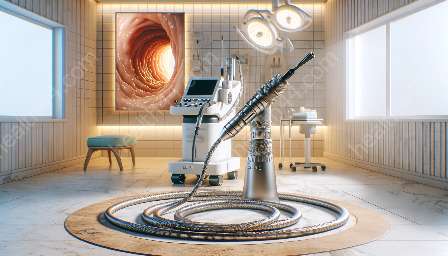Prosthetic devices play a crucial role in the field of medical devices and equipment, as they are designed to enhance the quality of life for individuals who have experienced limb loss or limb impairment. This comprehensive guide explores the diverse aspects of prosthetic devices, including their development, types, applications, and the impact they have on health and well-being.
The Evolution of Prosthetic Devices
The history of prosthetic devices dates back to ancient civilizations, where rudimentary artificial limbs were crafted from materials such as wood and metal. Over the centuries, advances in materials science, engineering, and medicine have revolutionized the design and functionality of prosthetic devices, leading to the development of highly sophisticated and lifelike solutions.
Technological Advancements in Prosthetics
Modern prosthetic devices incorporate cutting-edge technologies such as robotics, bionics, and 3D printing. These advancements have significantly improved the comfort, mobility, and functionality of prosthetic limbs, enabling individuals to engage in various activities and restore their independence.
Types of Prosthetic Devices
Prosthetic devices are categorized based on the specific limbs or body parts they are designed to replace, such as lower limb prostheses, upper limb prostheses, and facial prostheses. Additionally, specialized prosthetic devices are available for activities such as sports and recreation, catering to the unique needs and preferences of individuals.
Applications and Impact on Health
The use of prosthetic devices can significantly enhance the physical and psychological well-being of individuals by restoring their mobility, balance, and self-esteem. These devices enable users to perform daily tasks, participate in work and recreational activities, and maintain an active lifestyle, thereby promoting overall health and quality of life.
Integration of Prosthetic Devices in Healthcare
Prosthetic devices are an integral part of healthcare, as they are prescribed and customized by healthcare professionals, including prosthetists, orthotists, and rehabilitation specialists. The seamless integration of prosthetic devices into patient care ensures personalized solutions that meet the unique needs of individuals, contributing to their overall health and recovery.
Future Prospects and Innovations
Ongoing research and development in the field of prosthetic devices are focused on advancing biocompatible materials, neural interfaces, and artificial intelligence to further enhance the comfort, natural movement, and sensory feedback of prosthetic limbs. These innovations hold promise for creating more lifelike and functionally advanced prosthetic devices in the future.
Conclusion
Prosthetic devices have a profound impact on the lives of individuals by providing them with the means to overcome physical limitations and lead fulfilling and active lifestyles. By continually evolving and integrating the latest technologies, prosthetic devices contribute to the advancement of medical devices and equipment, ultimately improving the health and well-being of people around the world.

